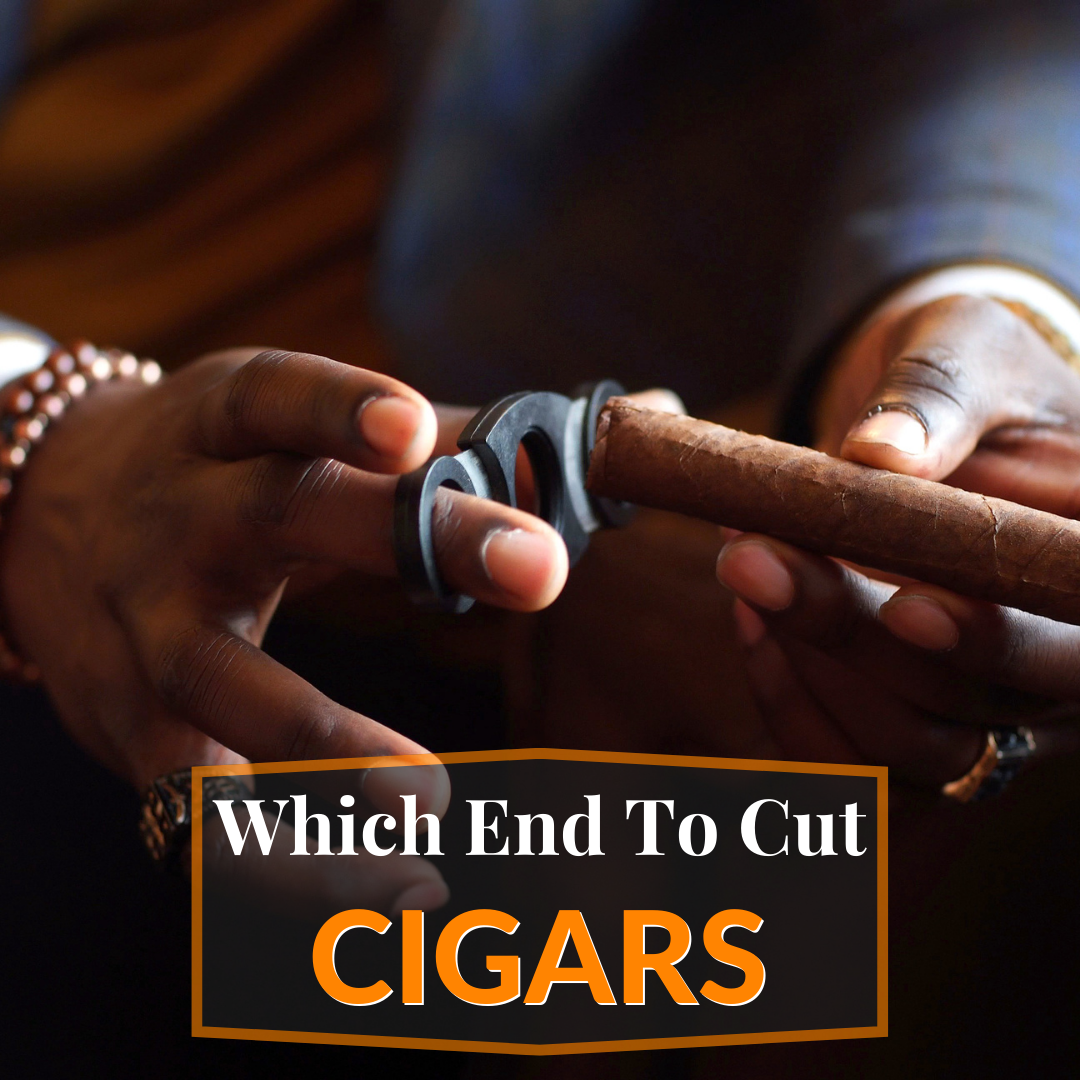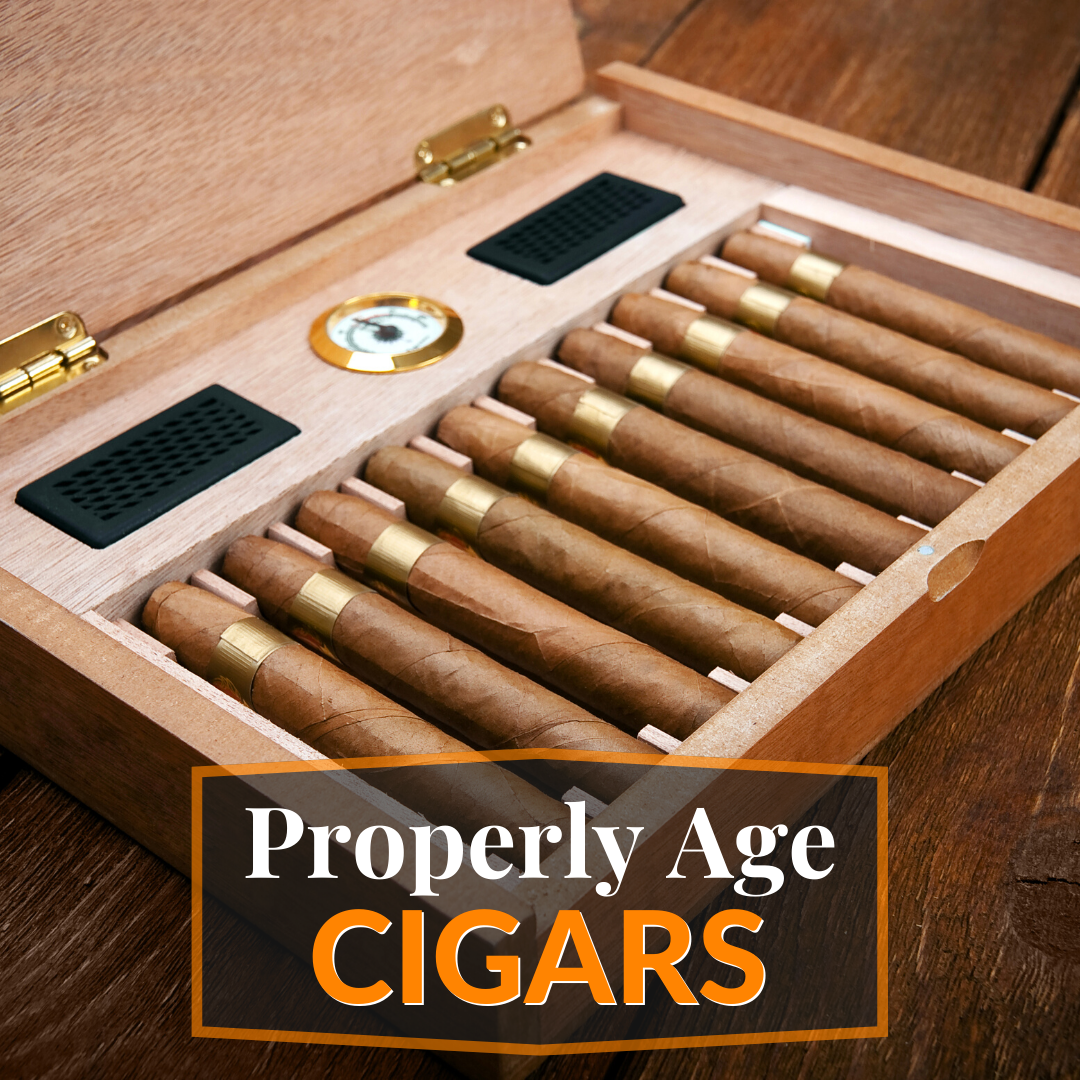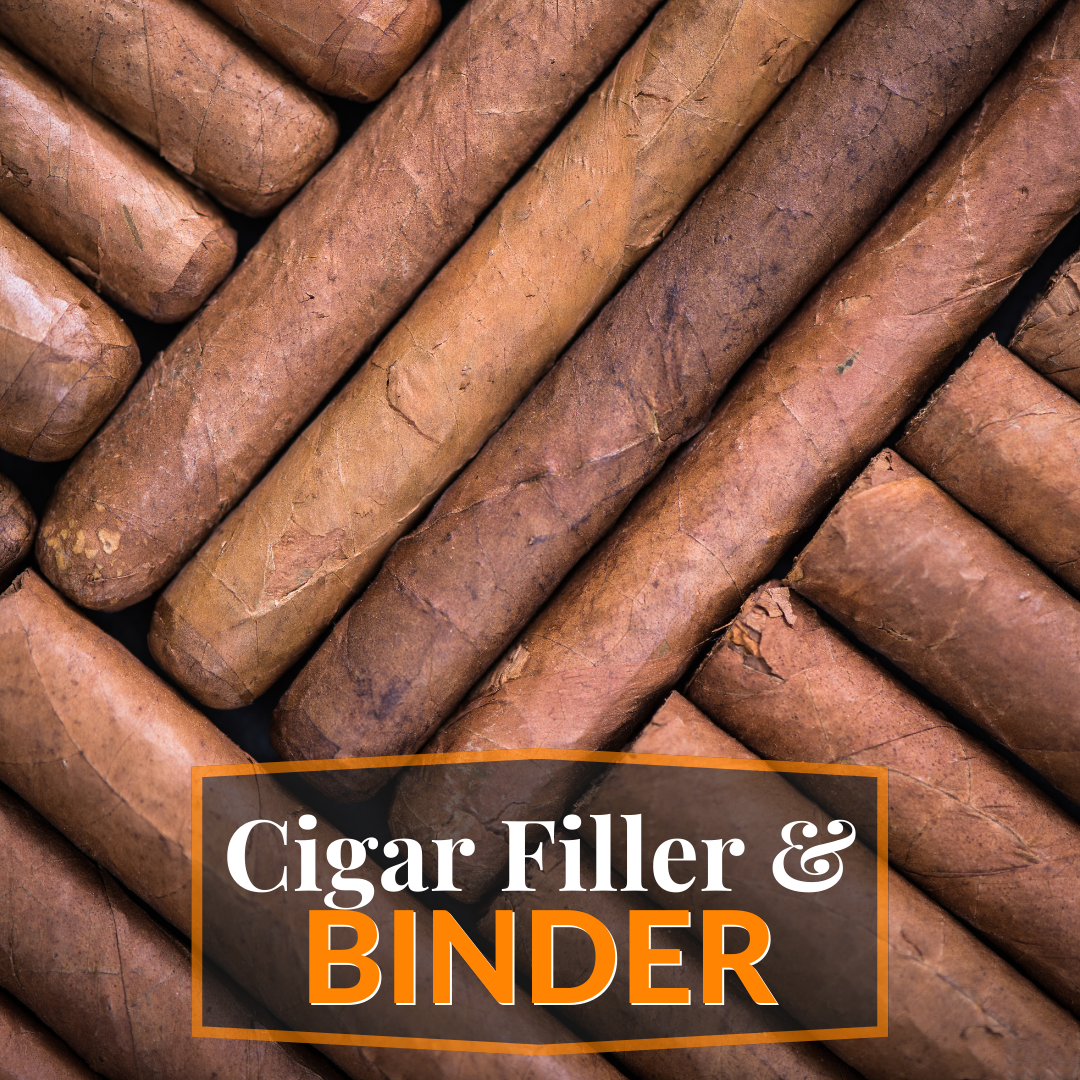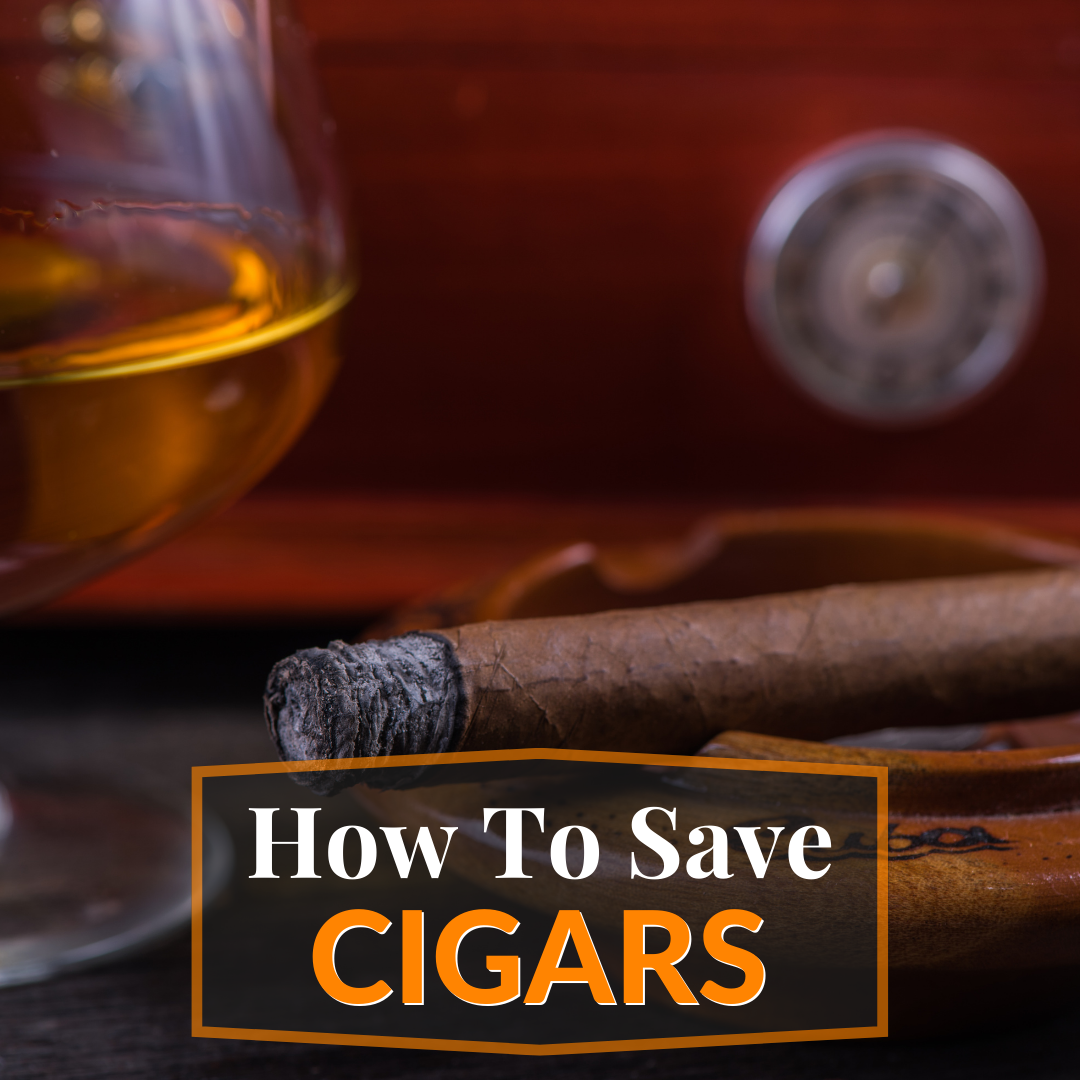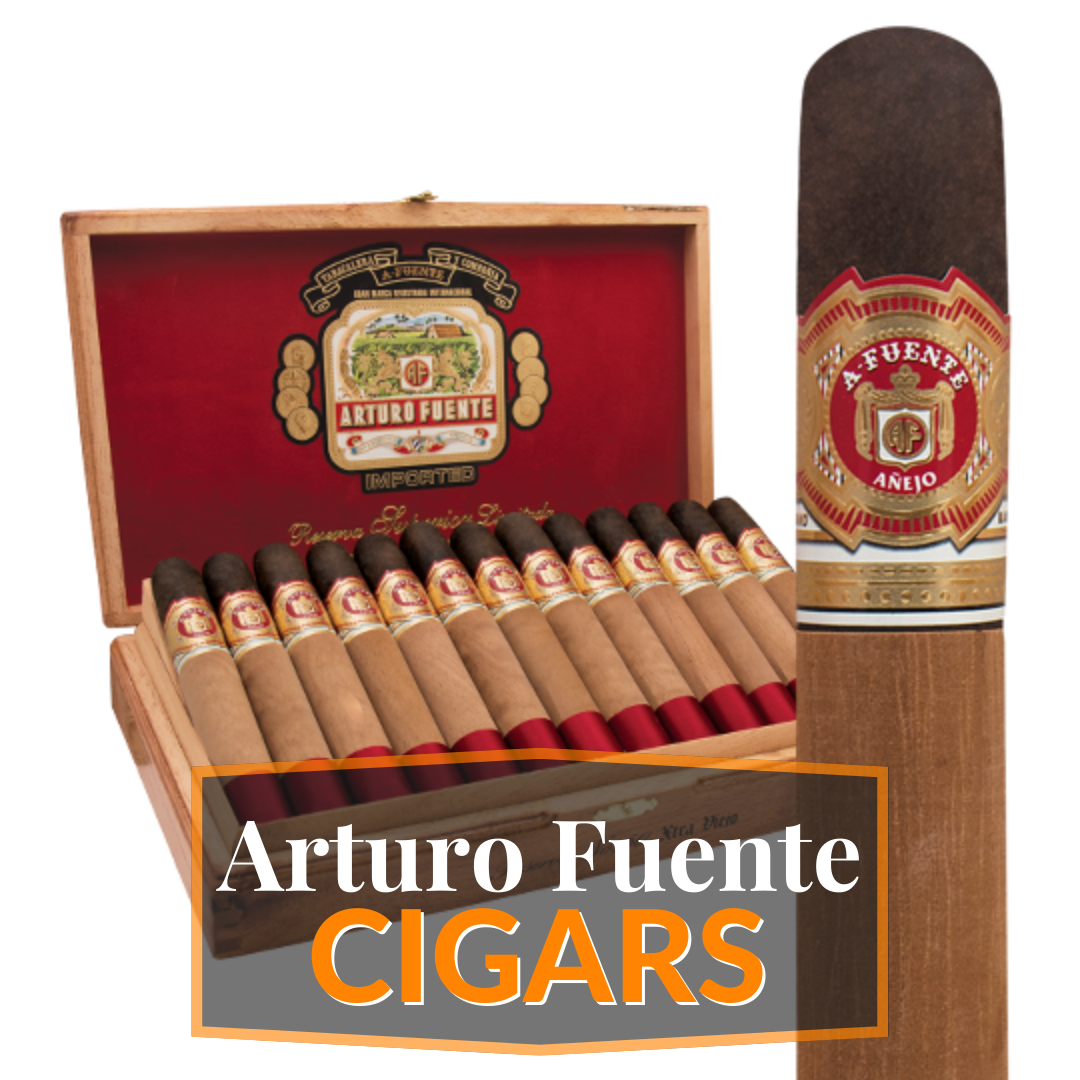
Introduction to Cigar Wrappers
Cigar wrappers are the outermost tobacco leaf layer that encases the filler and binder, and they play a crucial role in determining the cigar’s overall flavor, appearance, and quality. In this article, we’ll explore the different types of cigar wrappers and how each one contributes to a unique smoking experience. As a part of a cigar, the wrapper is essential for a well-rounded understanding of the cigar world.
Importance of Wrapper Selection
The wrapper not only impacts a cigar’s appearance but also influences its flavor and aroma. Choosing the right wrapper can enhance your smoking experience, as it can complement or contrast the flavors of the cigar’s filler and binder. As you explore the various wrapper types, you’ll find that each one offers a distinct flavor profile and strength. In this guide to cigar wrappers, we will delve into the most common types of cigar wrappers and what makes them notable.
The Different Types of Cigar Wrappers
As a cigar smoker, it’s essential to be familiar with the different types of cigar wrappers that fall into four main categories: Connecticut, Maduro, Habano, and Corojo. Let’s explore each type, including their unique characteristics and the role they play in the cigar’s overall experience.
Connecticut Wrappers
Originating from the Connecticut River Valley in the United States, Connecticut cigar wrappers are known for their light brown color and mild, creamy flavors. Often used in premium cigars, they have a silky texture and offer subtle notes of cedar and hay. The Connecticut Shade is a popular variation, while the Connecticut Broadleaf is commonly found in Maduro cigars.
Corojo Wrappers
Corojo wrappers are a Cuban seed variety known for their spicy, robust flavors. They are medium to full-bodied and have a reddish-brown hue. The increased strength and complexity of Corojo wrappers make them a popular choice among seasoned cigar smokers. Honduran Corojo wrappers are a notable variation offering a unique flavor profile.
Cameroon Wrappers
These wrappers are grown in the Central African country of Cameroon and are characterized by their toothy texture and dark brown color. Cameroon wrappers have a unique flavor profile, offering notes of spice, sweetness, and a hint of pepper. They are medium-bodied and well-suited for both beginners and experienced cigar aficionados.
Habano Wrappers
Habano wrappers are another Cuban seed variety, grown primarily in Nicaragua. These wrappers are full-bodied and feature a complex, earthy flavor profile with hints of spice and pepper. Their reddish-brown color and oily texture make them an attractive option for those who enjoy bold, powerful cigars. Habano wrappers originate from Cuban tobacco and are loved by many cigar enthusiasts for their rich and complex flavors.
Maduro Wrappers
Maduro wrappers are dark brown to almost black in color and have a rich, sweet flavor profile. They undergo a longer fermentation process, which results in their unique color and taste. The aging process contributes to the development of certain oils in the leaf, which adds to the cigar’s flavor. There are two main types of Maduro wrappers:
Natural Maduro
Natural Maduro wrappers are dark brown and have a sweet, earthy flavor profile. They are medium to full-bodied, offering notes of chocolate, coffee, and dried fruit. These wrappers are popular among cigar enthusiasts who enjoy a flavorful, complex smoking experience.
Oscuro Maduro
Oscuro Maduro wrappers are the darkest of all wrappers, with a color that ranges from dark brown to almost black. These wrappers are full-bodied and have a stronger, more intense flavor compared to Natural Maduro wrappers. They offer a rich, bold taste with notes of espresso, dark chocolate, and spice.
Candela Wrappers
Candela wrappers are known for their bright green color, which is achieved through a unique curing process. These wrappers have a mild, grassy flavor profile and are often used in limited-edition cigars. They are an interesting choice for those looking to try something different in their cigar smoking experience.
Sumatra Wrappers
Sumatra wrappers originate from the Indonesian island of Sumatra and are characterized by their reddish-brown color and smooth texture. These wrappers have a medium to full-bodied flavor profile, offering a mix of earthy, spicy, and sweet notes. Sumatra wrappers are commonly used in boutique and premium cigars due to their versatility and unique taste.
Broadleaf Wrappers
Broadleaf wrappers are grown in the United States and are known for their dark, oily appearance. These leaf wrappers have a full-bodied flavor profile, with rich notes of chocolate, coffee, and earth. Broadleaf wrappers are particularly popular in Maduro cigars, as they can withstand the longer fermentation process required for these cigars.
San Andrés Wrappers
San Andrés wrappers come from Mexico and are characterized by their dark brown color and rough texture. They have a medium to full-bodied flavor profile, with a mix of earthy, sweet, and spicy notes. San Andrés wrappers are often used in Maduro cigars and are prized for their rich, bold flavors.
Brazilian Wrappers
Brazilian wrappers offer a unique flavor profile, with a mix of sweet and spicy notes. They are dark brown and have an oily texture, which adds to the overall complexity of the cigar. Brazilian wrappers are commonly used in boutique and premium cigars for their distinct taste and quality.
Dominican Wrappers
Dominican wrappers are known for their smooth texture and medium-bodied flavor profile. They offer a mix of earthy, woody, and sweet notes, making them a versatile choice for a wide range of cigar blends. Dominican wrappers are popular among cigar lovers for their consistent quality and appealing flavors.
Factors to Consider When Choosing a Cigar Wrapper
When selecting a cigar, it’s essential to consider the following factors:
Flavor Profile
Each wrapper type has a distinct flavor profile that can significantly impact the overall taste of the cigar. Make sure to choose a wrapper that complements your preferred flavor profile, whether you enjoy mild, creamy flavors or bold, spicy notes.
Strength
Cigar wrappers can also affect the strength of a cigar. We are not talking about the actual strength of the wrapper, like for cigar cutting, but the flavor. If you’re new to cigar smoking, you may want to start with a milder wrapper, like a Connecticut or Candela. More experienced smokers may prefer stronger wrappers, such as Corojo or Habano.
Appearance
The appearance of a cigar can be just as important as its taste. Choose a wrapper with a color and texture that appeals to you, whether it’s a smooth, light brown Connecticut wrapper or a dark, oily Maduro.
Conclusion
Cigar wrappers play a crucial role in determining a cigar’s flavor, strength, and appearance. Understanding the different types of wrappers can help you make an informed choice when selecting a cigar. Whether you’re a beginner or a seasoned aficionado, experimenting with various wrapper types can enhance your cigar smoking experience and introduce you to new and exciting flavor profiles.
Frequently Asked Questions
1. What is the best cigar wrapper for beginners?
For beginners, a Connecticut or Candela wrapper is a great choice. These wrappers offer mild, creamy flavors that are easy on the palate and make for a gentle introduction to cigar smoking.
2. What is the difference between Natural Maduro and Oscuro Maduro wrappers?
Natural Maduro wrappers are dark brown with a sweet, earthy flavor profile, while Oscuro Maduro wrappers are even darker, almost black, and have a more intense, full-bodied flavor. Oscuro Maduro wrappers offer a richer, bolder taste with notes of espresso, dark chocolate, and spice.
3. How does the curing process affect cigar wrappers?
The curing process involves drying and fermenting tobacco leaves, which affects their color, texture, and flavor. Different wrappers undergo unique curing processes, resulting in a wide range of flavors and appearances. For example, Candela wrappers have a distinct green color due to a specific curing process that locks in the chlorophyll.
4. Can I determine a cigar’s strength just by looking at the wrapper?
While the wrapper can provide some clues about a cigar’s strength, it’s not a definitive indicator. Some dark wrappers may have a mild to medium flavor profile, while lighter wrappers can be full-bodied. It’s essential to research the specific wrapper type and consult with an expert to understand the cigar’s strength better.
5. Are there any rare or unique cigar wrappers worth trying?
Yes, there are several rare and unique cigar wrappers that can offer a distinct smoking experience. Some examples include the limited edition cigars with Candela wrappers and premium cigars made with rare tobacco varieties, such as Pelo de Oro. Trying these unique wrappers can be an exciting way to broaden your cigar smoking horizons.
6. How do wrapper leaves differ from filler and binder leaves?
Wrapper leaves are the outermost layer of a cigar and are typically chosen for their appearance and flavor contribution. They tend to be larger, more attractive, and have a smoother texture than filler and binder leaves. Filler leaves make up the bulk of the cigar’s tobacco, while binder leaves hold the filler together. Both filler and binder leaves are important for the cigar’s overall construction and flavor, but they do not contribute as much to the cigar’s appearance.
7. How do different wrapper types affect the price of cigars?
Some wrapper types are more expensive than others due to factors such as scarcity, cultivation difficulty, or the need for specialized curing processes. For example, rare and unique wrappers like Pelo de Oro or Candela may drive up the price of a cigar. However, other factors like the brand, the quality of the tobacco, and the cigar’s construction also play a role in determining the price.
8. How should I store cigars with different wrapper types?
Regardless of the wrapper type, cigars should be stored in a humidor at a relative humidity of 65-72% and a temperature of 65-70°F (18-21°C). This will help maintain the cigar’s flavor and prevent it from drying out (and creating a cracked wrapper) or becoming too moist. Proper storage is essential for preserving the unique characteristics of each wrapper type.
9. Do wrapper types affect the aging process of cigars?
Yes, the type of wrapper can influence the aging process of a cigar. Some wrappers, like Maduro and Oscuro, undergo a longer fermentation process, which can result in a more complex flavor profile as the cigar ages. Additionally, the oils in the wrapper leaf may interact with the filler and binder over time, affecting the overall flavor and aroma of the cigar.
10. Can I mix and match wrapper types when creating my own cigar blends?
Yes, experimenting with different wrapper types can be an exciting way to create unique cigar blends. By selecting a wrapper that complements or contrasts the filler and binder, you can create a custom smoking experience tailored to your preferences. Just be sure to consult with an expert or use a reputable cigar blending kit to ensure the best results.

